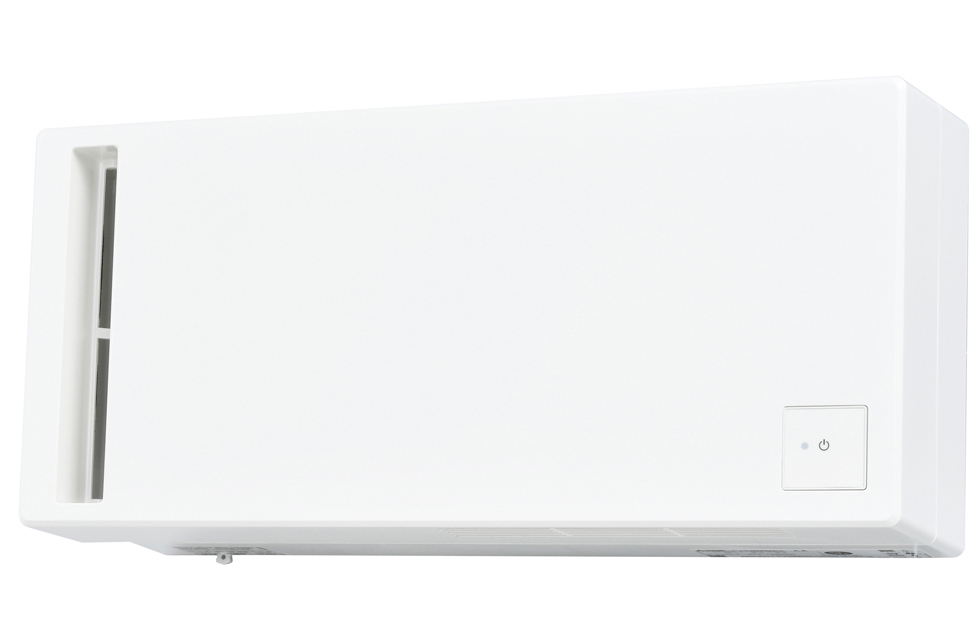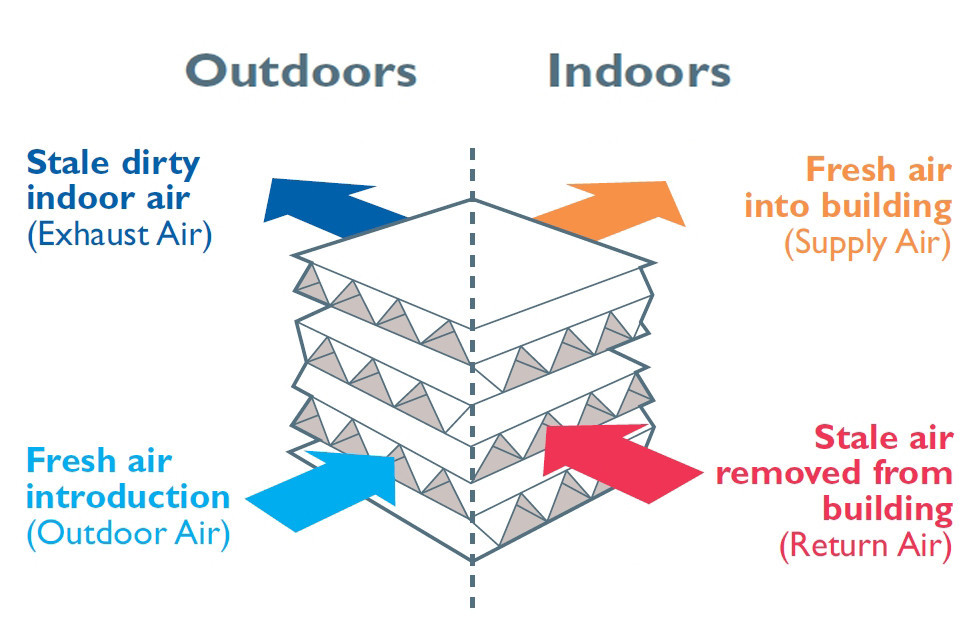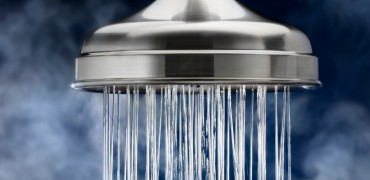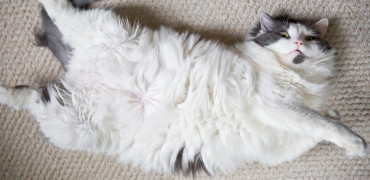At Refurb Projects, we receive hundreds of press releases on new products covering the entire fabric of a building and whilst we cover as many of these as possible to bring them to the attention of our readers, occasionally one jumps out as being such a simple but great idea that I think it’s worth highlighting.
If you’ve followed the news at all over the past few months you will have noticed all the items focusing on air quality and in particular the harmful effects of pollution leading to a major public-health crisis.
It is estimated that 9,000 people in London alone are dying prematurely each year because of long-term exposure to air pollution. For the whole of the country the estimate is that it is up to 40,000 people a year.
According to the Building Research Establishment (BRE), exposure to air pollutants also depends a lot on our exposure to indoor air and when we spend an estimated 90 per cent of our time inside buildings, then we really need to ensure that they are able to provide a respite from the toxic outdoors and deliver a fresh and comfortable environment.
At the same time, we all need to ensure that our homes are as energy efficient as possible, not only to help combat rising fuel prices, but also to protect the building fabric by reducing the chances of condensation and mould thereby reducing maintenance requirements.
So how can you introduce fresh air into a home without letting bad air in, or heated air out?
This is where a suitable ventilation system can help by refreshing the air inside the home.
Heat recovery ventilation
Mitsubishi Electric has led the way on what is known as Mechanical Ventilation with Heat Recovery (MVHR) in the commercial sector with its popular Lossnay system and the manufacturer has now translated all of this technical know-how into an easy-to-fit unit that is an ideal and cost-effective way of introducing MVHR, room by room.
“We’ve worked with customers to introduce full Lossnay systems but this can involve major refurbishment work for existing buildings as it requires ducting throughout a property so whilst this works really well for a huge number of properties, there are some that need a more straightforward solution. ” explains Janvi Patel, ventilation expert for the Hatfield-based company.
“Our new VL-50 Lossnay unit can be fitted to an outside wall and ducted out using one single pipe, and will then capture up to 84% of the heat energy that would otherwise be wasted.”
Lossnay achieves this by using a fine paper core, which allows the heated outgoing air to transfer this heat energy to bring the incoming air closer to the room temperature, thereby keeping the inside fresh without wasting energy.
Pollutants, smells and even outdoor noise are filtered out by the unit, meaning that the inside is both fresh and comfortable, whilst the heat recovery element also means it is highly energy efficient.
Easy to fit
Only one single pipe connection to the outside is needed for the unit, making it ideal for retrofitting into existing buildings. The VL-50 is available as a pull-cord, hard-wired, or wireless remote controlled unit and measures just 52cm by 24.5cm.
The unit can be fitted vertically or horizontally to suit the interior décor and provide installation flexibility and needs no pipework other than the connection through the wall to the outdoors.
“Lossnay recovers both latent heat and sensible heat, meaning the incoming air is comfortable and the home doesn’t suffer from static or dryness,” adds Patel, “it’s all about increasing the comfort whilst minimising the energy needed to do so.”
The added advantage is that adequate effective ventilation is known to help reduce instances of condensation which can lead to mould and mildew. These are also harmful to health and, if left untreated, damaging to the fabric of the building.
The units price start at £208 which makes them a really cost-effective way of improving indoor air quality, whilst helping keep maintenance regimes to a minimum.
With low sound levels, low power consumption and easy maintenance, the VL-50 provides a quick and easy way to introduce highly energy efficient, heat recovering ventilation to existing properties.
“The overall outcome of course, is providing comfortable, fresh temperatures inside homes whilst also providing protection from rising air pollution.”
Carole Titmuss is publisher and editor of Refurb Projects magazine.





